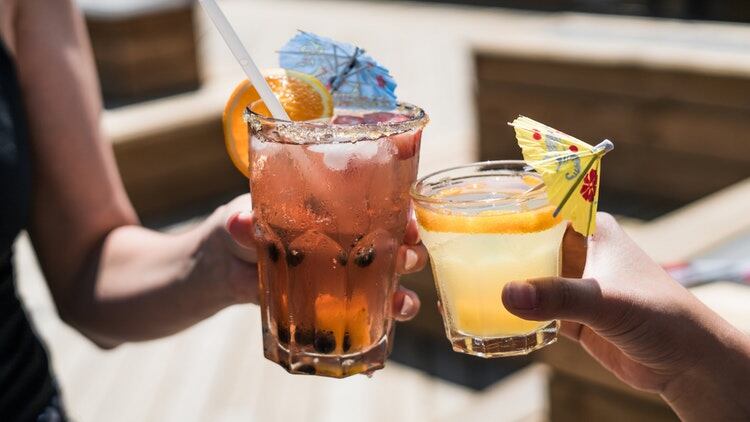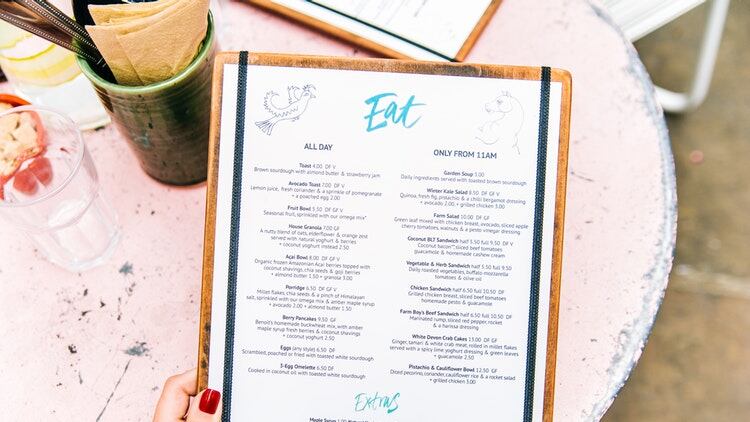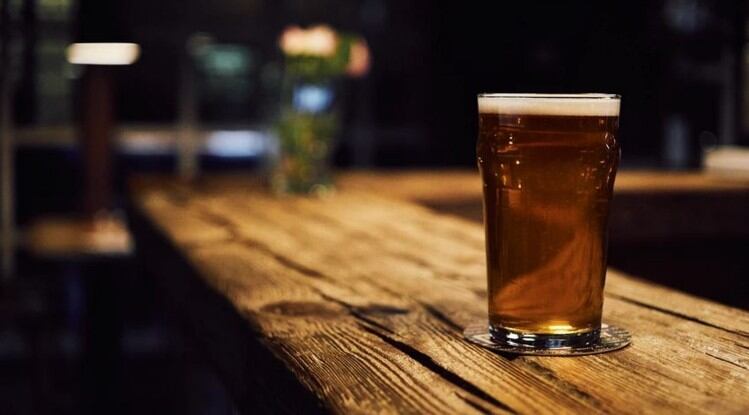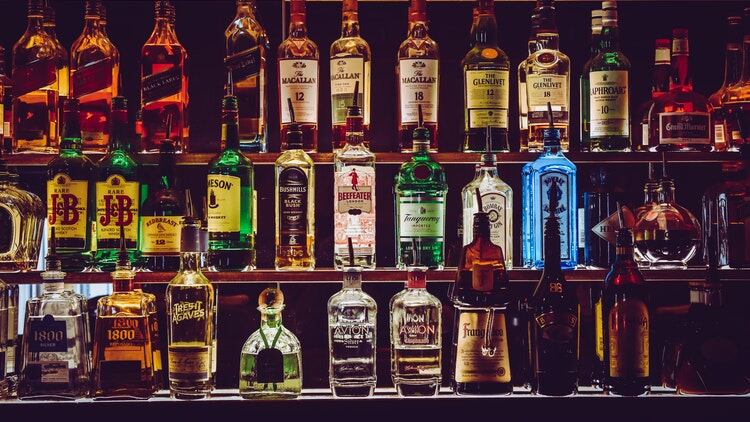According to market research group Mintel’s November 2018 statistics, 78% of 18 to 35-year-olds are conscious of the calories in alcohol they drink and are looking for alternatives. This is up from 30% in 2012.
But the multitude of low-and-no alcohol products still overshadows the low-cal alternatives because they are still yet to mark their territory within the UK on-trade.
It is suggested the increasing interest in health is the main trigger behind the trend in low-and-no products, however, founder of Skinny Booze and Skinny Brands, Tom Bell, explains there is a ‘big black hole’ in the market.
The black hole
He said: “Zero per cent beer and 0% cider have, on average, 600 to 2,000% more sugar than the full-strength equivalent.
“Heineken 0% has 1,100% more sugar than the original and consumers don’t know that yet because nutritional labelling isn’t mandatory.
“It should be and when it is, the consumer will reject 0% as a ‘healthier alternative’ and only choose it as an option when they aren’t drinking [alcohol].”
He explained the industry is also seeing consumers opt for spirits over beer because they feel this is another way to reduce their calories – but this has, in turn, stagnated the lager market.
“Beck’s recorded a huge 26% year-on-year fall, with Carlsberg Pilsner down 11%, Budweiser 3.8% and Carling almost 3%,” Bell said.
“Reduced calorie instead of reduced alcohol is what consumers want, the best of both, not a compromise.
“There has been an increase in low-and-no but there is a need for the alcoholic alternatives and that’s where low carb and low calorie comes in.”
Double-edged sword
However, Bell feels there isn’t enough in the on-trade in terms of support for customers who are craving low-cal alternatives.
He said consumer habits and desires for low-calorie substitutes is growing and the lack of availability of these products in pubs could be financially problematic for operators.
Bell said: “Beers, wines and spirits make your money. So, by avoiding the consumer who chooses a soft drink for a low-cal alternative has a really detrimental effect on the income for each individual outlet.
“It’s like a double-edged sword. Capture those who want to drink but can’t find alternatives that fit into their lifestyles but, also, optimise the amount of turnover of liquid sales when you’re having consumers already consuming what there is in a low-calorie food option.”
On the cusp
According to Global Data 2017 Q4 survey, more than one third (35%) of UK consumers associate ‘healthy’ with low calorie.
This rises to almost half (49%) when looking at 35 to 44-year-olds, and is slightly higher for female consumers.
However, Bell explained consumers aren’t seeing more of these in pubs because operators are tied down in long-term contracts with brewers.
Bell said despite Skinny Lager being distributed across 3,000 pubs in the UK, it has been very difficult.
He explained: “Unfortunately, as the UK on-trade market is so fragmented and so difficult to enter, it’s only new brands in the UK and European market that are doing this kind of innovation and they are finding it increasingly difficult to get a foothold in the on-trade based upon the huge contracts and fragmentation within it.”
While American trends tend to influence the UK’s, Bell said the low-calorie alcoholic drink sector has been happening in America for 10 years.
“The Irish market has also had alternatives it for about five or six years, but it’s not hit the UK yet. I genuinely believe it’s right on the cusp.”
Unwilling to compromise
The hard seltzer/aqua spritz category, currently worth $550m (£426m) in the US, could grow to reach $2.5bn (£1.93bn) by 2021, according to Markets Insider.
According to Nielsen data, hard seltzer sales grew 164.3% in the US in the past four weeks (to 30/07/19) and roughly 200% over the past year, driving 55% of overall category growth.
And now, Balans has landed in the UK, introducing the ‘Aqua Spritz’ drinks category.
Kopparberg and Balans head of marketing Rob Salvesen predicts hard seltzers or aqua spritz being the next big drinks trend in the UK.
Salvesen said: “Looking back to when we brought fruit cider to the UK market, we feel a similar sense of opportunity for this new category and we would expect to see replication in the UK as consumer trends focus increasingly on health and wellbeing.”
Low-and-no alcohol has developed quickly due to health initiatives and Salvesen said more consumers care about the products they drink and reflects who they are.
He said: “If you have an active style, the one thing you probably compromise the most on is alcohol – but these people still want to have fun, they don’t want to compromise on their time with friends and having a drink.
“There is place for these products among consumers who look to live a healthy and active lifestyle.”
Long overdue
Once upon a time, consumers didn’t “give a damn” about calories, according to Bell.
Now, the sector is blossoming and more consumers understand a lot more about sugars, carbs, fats and diets.
Bell said: “From a healthier perspective, there should be something for consumers who are cutting their calories, watching what they eat and have dietary requirements – they shouldn't have to rely on the off-trade to drink at home.
“Across the board, having that option for consumers is long overdue.”




